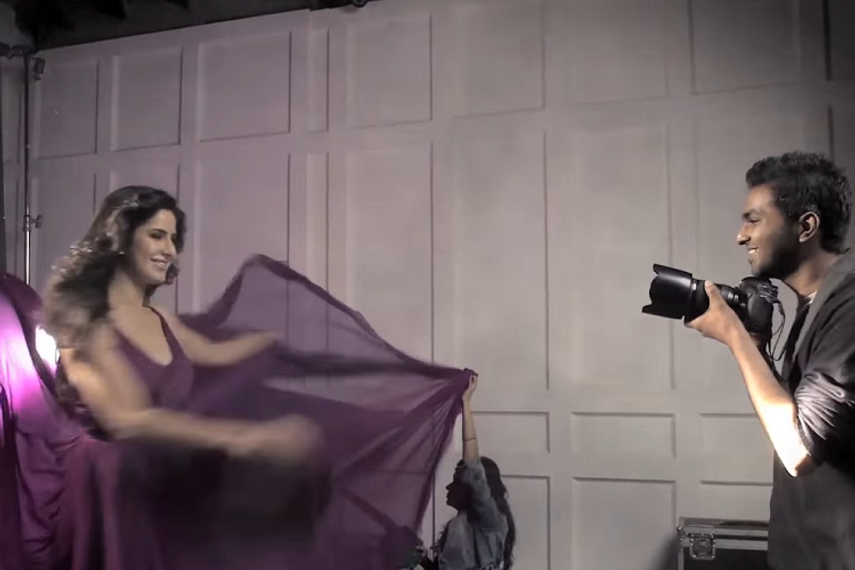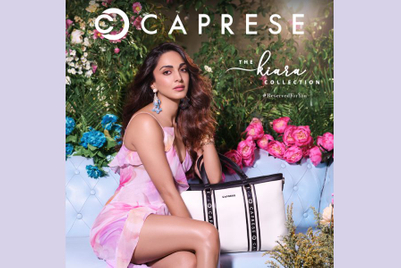
Pardon the headline. It was just meant to draw your attention to an issue that’s often ignored. Most audio-visual (AV) ads give importance to the 'visual' aspect. That’s despite the ‘A’ coming before the 'V'. In this scenario, what happens if your audience includes blind persons?
“A picture is worth a thousand words. But it’s lost on me,” says Sam Taraporevala, associate professor and head of department, sociology and anthropology and director, Xavier’s resource centre for the visually challenged, who happens to be blind.
“Where is the question of having a sixth sense? I do not even have five senses,” he jokes and says that it’s very important for advertising to use a multi-sensory experience in its communication.
But even for people who have five senses, like a majority of our consumers, does advertising target the five senses? Very often, we hear the term that the brand’s advertising hit a 'blind spot'.
So are there any lessons that advertising can borrow from the blind? At the final part of the series on 'Advertising and the five senses' organised by the IAA-India Chapter, Taraporevala took pains to point out that very often the audience is busy staring at other screens, hence the spoken word in the ads is what consumers hear. However, most ads dilute the effect by having a racy background score that filters down the spoken word. “One should filter down the music and ensure that the background score is balanced so that the spoken word gets primacy,” he says.
The second message that the professor says is in an age when augmented reality uses multiple senses to reach people, it gives creative professionals a great opportunity to reach people when all the five senses are not active. The other technology that could be put to better use is haptic communication, he says.
He stresses that advertisers should take the diversity debate beyond gender and make it inclusive for all sections of society.
Of course, there are brands that have been breaking convention to make the world a more inclusive place. Bombay Blues, a Mumbai restaurant, designed a talking menu card. In another context, Lux, the personal care brand, used the services of a blind photographer to shoot an ad with Katrina Kaif. Then, there is the case of VIP Bags that speaks about a blind girl’s aspirations to tour the world.
He adds that all of us are temporarily able. Low vision, old age can play havoc with the five senses and hence, it is important for advertisers to ensure that we do not overload the consumer with our message.


.jpg&h=334&w=500&q=100&v=20250320&c=1)
.jpg&h=334&w=500&q=100&v=20250320&c=1)
.jpg&h=334&w=500&q=100&v=20250320&c=1)
.jpg&h=334&w=500&q=100&v=20250320&c=1)
.jpg&h=334&w=500&q=100&v=20250320&c=1)
.jpg&h=334&w=500&q=100&v=20250320&c=1)
.jpg&h=334&w=500&q=100&v=20250320&c=1)
.jpg&h=334&w=500&q=100&v=20250320&c=1)
.jpg&h=334&w=500&q=100&v=20250320&c=1)

.jpg&h=268&w=401&q=100&v=20250320&c=1)





.jpg&h=268&w=401&q=100&v=20250320&c=1)
.jpg&h=268&w=401&q=100&v=20250320&c=1)
